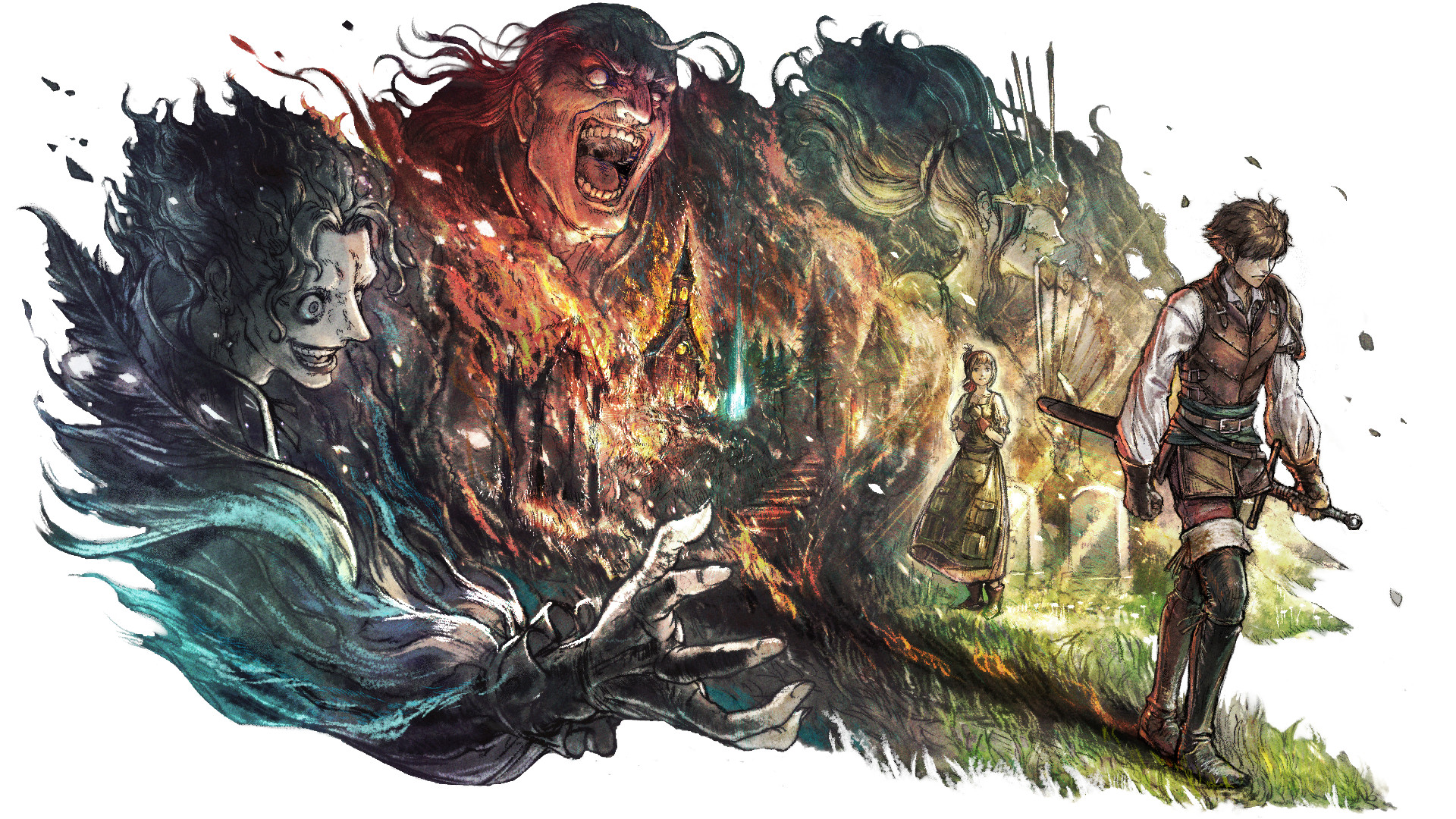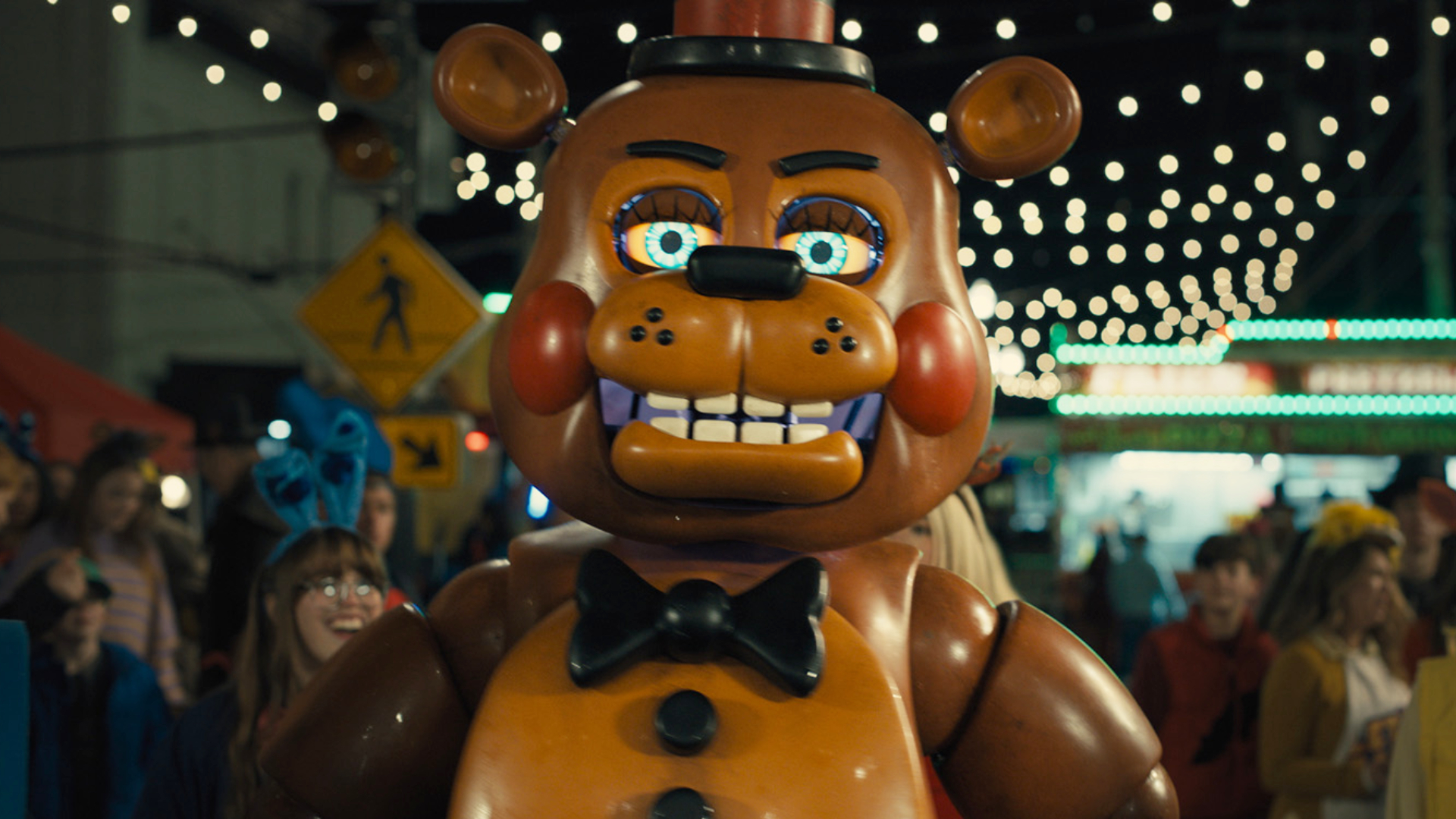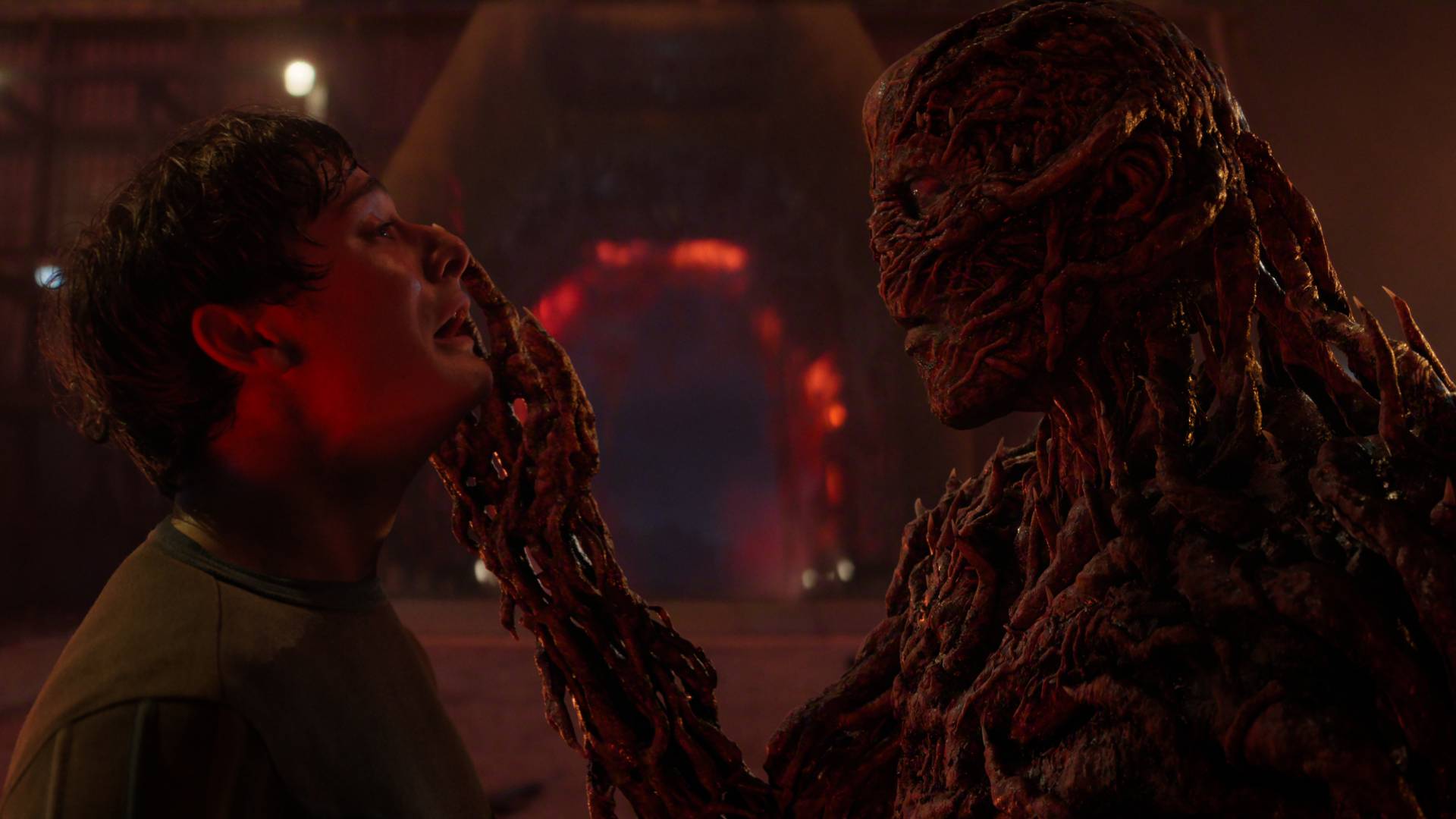"We were having so much fun trying not to overdo it": Kingdom Come Deliverance 2 devs talk us through the "medieval spice" that brought the RPG's sound to life
Interview | Warhorse Studios' Jan Valta and Vojtěch Nedvěd unpick the process of creating a powerful audio landscape in their respective lectures at Digital Dragons 2025

Kingdom Come: Deliverance 2 is one of the most staggeringly popular new games of 2025. Though praise has rightly gone to its blend of historical realism and deep RPG systems, the most fascinating thing about it for me is how all its disparate parts work together.
After watching two of Warhorse Studios' finest give lectures at Digital Dragons 2025, I catch up with audio director Vojtěch Nedvěd to speak more about how the game strikes this razor-fine balance between stylish medieval movie and gritty historical realism. And, of course, how to record believable fart noises.
Rhyme and reason
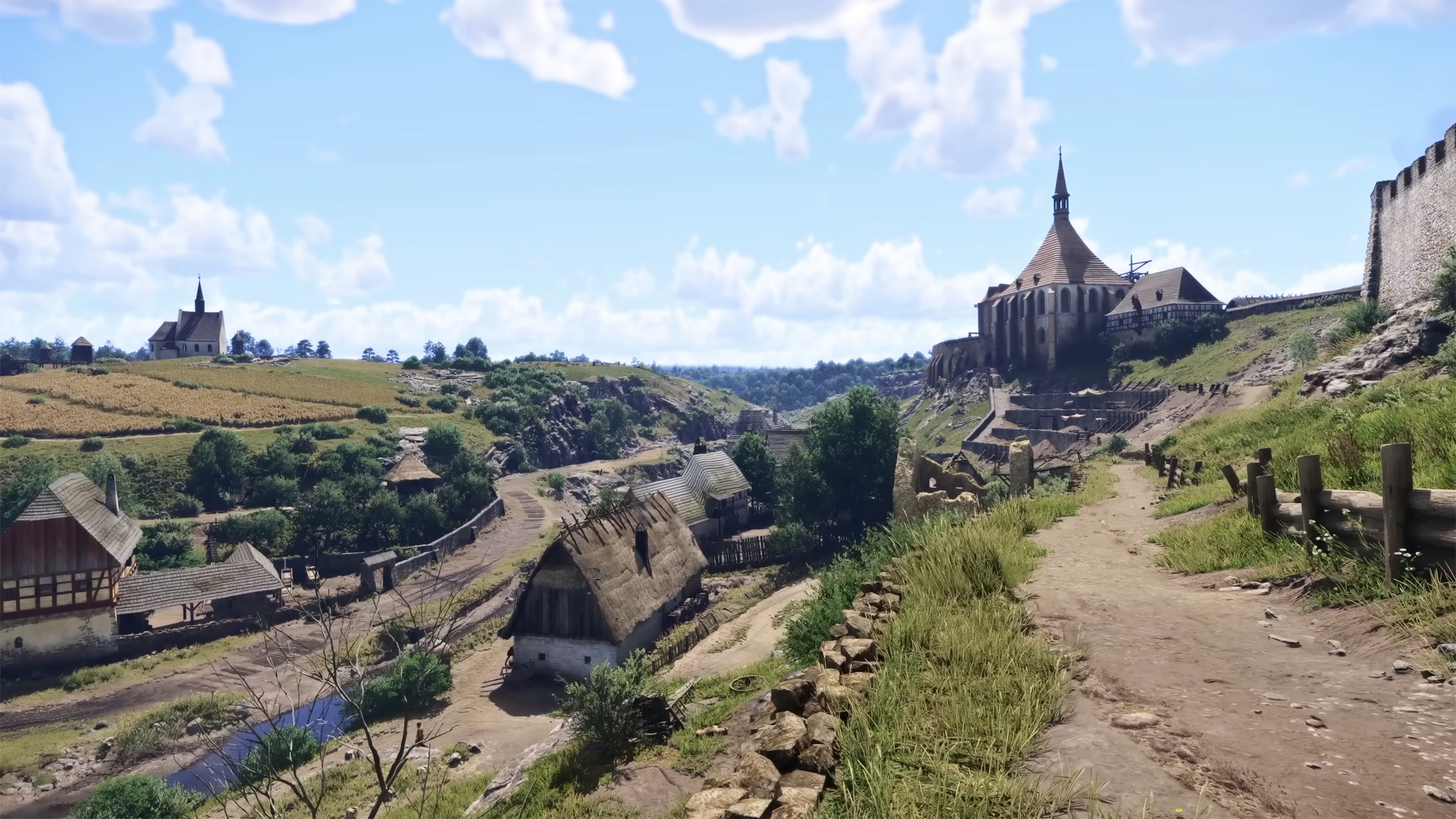
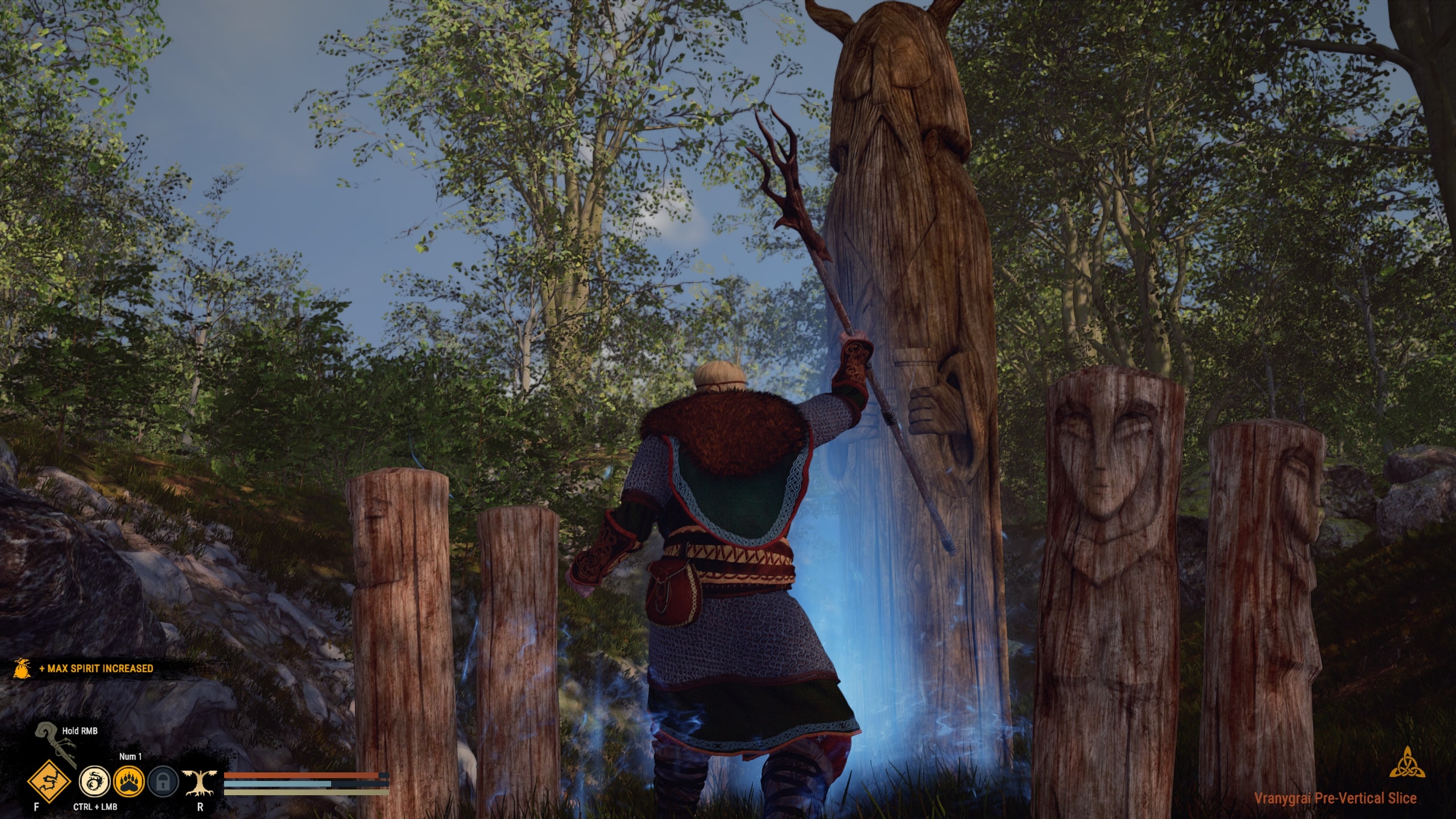
When composer Jan Valta begins his lecture – more of a standup set at times, given the frequent one-liners and subsequent guffaws from the full-house audience – he gets right to business.
Namely, describing the three guiding style principles that game director Daniel Vávra outlined for Kingdom Come: Deliverance 2's sound design. He reels them off speedily: "an ancient feel, '70s and '80s-style Czechoslovakian wave music, and orchestra music only in cutscenes."
So what did Valta change? "Well, orchestra music is almost everywhere," he says gleefully, the audience tittering in appreciation. "I believe it's the best thing to score virtually anything [with]. It's the only really universal thing you can use anywhere.
"Of course, you need to know what you can or what you cannot do for a particular project," Valta explains. "I knew I was gonna need a lot of medieval spice to put on top of it, you know, because otherwise I would lose the connection with the 15th century. And that would be very bad," he says solemnly.
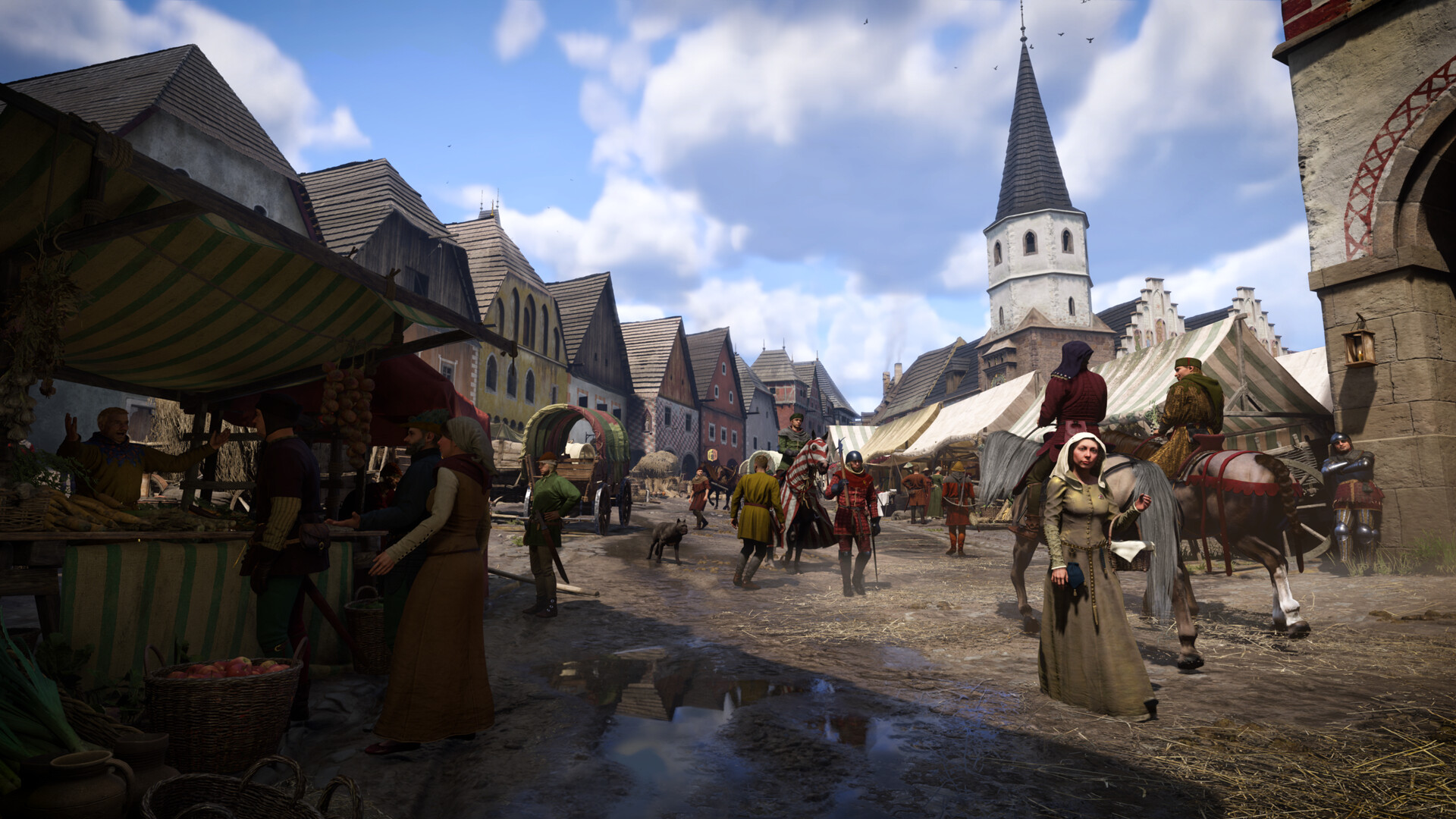
KCD2 is a realistic game and so the sound design should be like this. It should be realistic.
Vojtěch Nedvěd
But orchestral sound limitations aren't the only part of Vávra's vision that the composer tweaked for the game's final version. Regarding the strong focus on authentic period music, Valta compromised by only including it for "diegetic or semi diegetic or quasi diegetic" purposes.
Weekly digests, tales from the communities you love, and more
That means if a certain kind of in-world music is not being played in a given scene, you won't hear it as the player – as outlined in Valta's example of the Gregorian chant heard in and around the monastery. Finally, Valta wanted to use music only when necessary, and that means a score that's very comfortable with moments of silence.
"The best effect you can have with music is that it starts playing. Because, you know, everybody notices that," he says. "The second best tool you can have is that it ends, and it doesn't play anymore. And the funny part of being a composer is that you are paid for whatever is in between."
It all feeds into the stylized realism that Kingdom Come: Deliverance 2 aims to deliver – a fine balancing act that's also reflected in the smaller diegetic sounds you might have missed along the way.
Immersion diversion
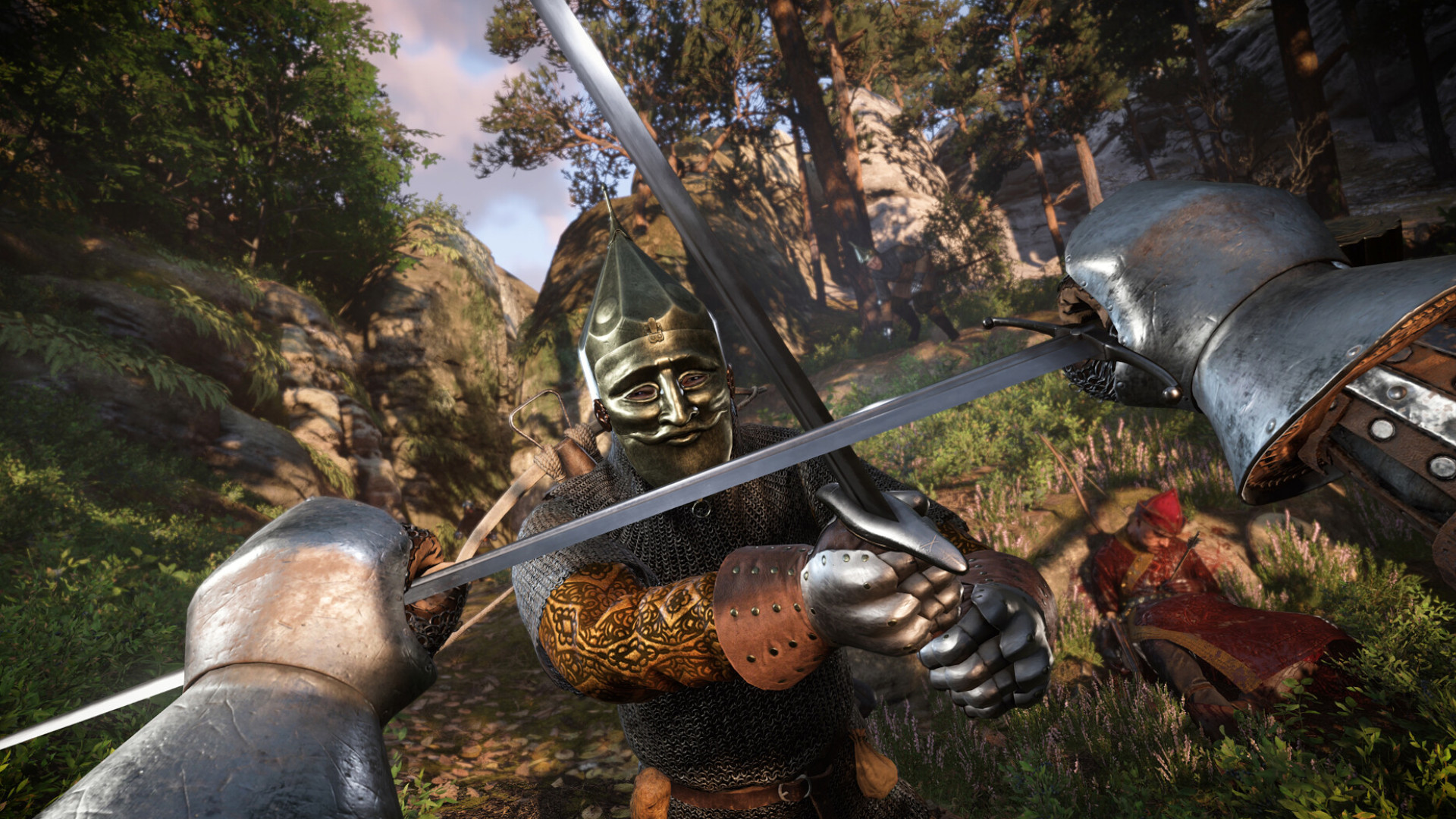
The best effect you can have with music is that it starts playing.
Jan Valta
Despite the composition and sound design teams being pretty discrete entities at Warhorse Studios, the key principles that guided Valta's department were present in audio director Vojtěch Nedvěd's, too. An interest in cinematic film scores, especially the work of Czech composer Daniel Glick in the 1967 movie Marketa Lazarová, governed this approach.
"The music [in Marketa Lazarová] is borderline music-sound design. He uses the human voice quite a lot, too, and I tried to do it in a KCD2 as well – like, do this really raw, dark approach when it's needed, because these movies are really dark. I tried to put something of that in the game when the game asked for it," he says of the balance between sound effects and music composition.
Nedvěd also took inspiration from the Ishar trilogy – a series of old-school '90s RPGs that, sadly, nobody else in the room had heard of – and the magic of pitch variation to communicate the spatial aspects of diegetic sounds, from crowds of people speaking Czech languages at the marketplace to rain, birdsong, and more.
Nedvěd personally oversaw the 95% of sound recordings that comprise the game's slew of sound effects and atmospheric elements – including the retching you hear when Henry and Hans have one too many at the tavern. That stomach-turning gagging? Yep, that's him.
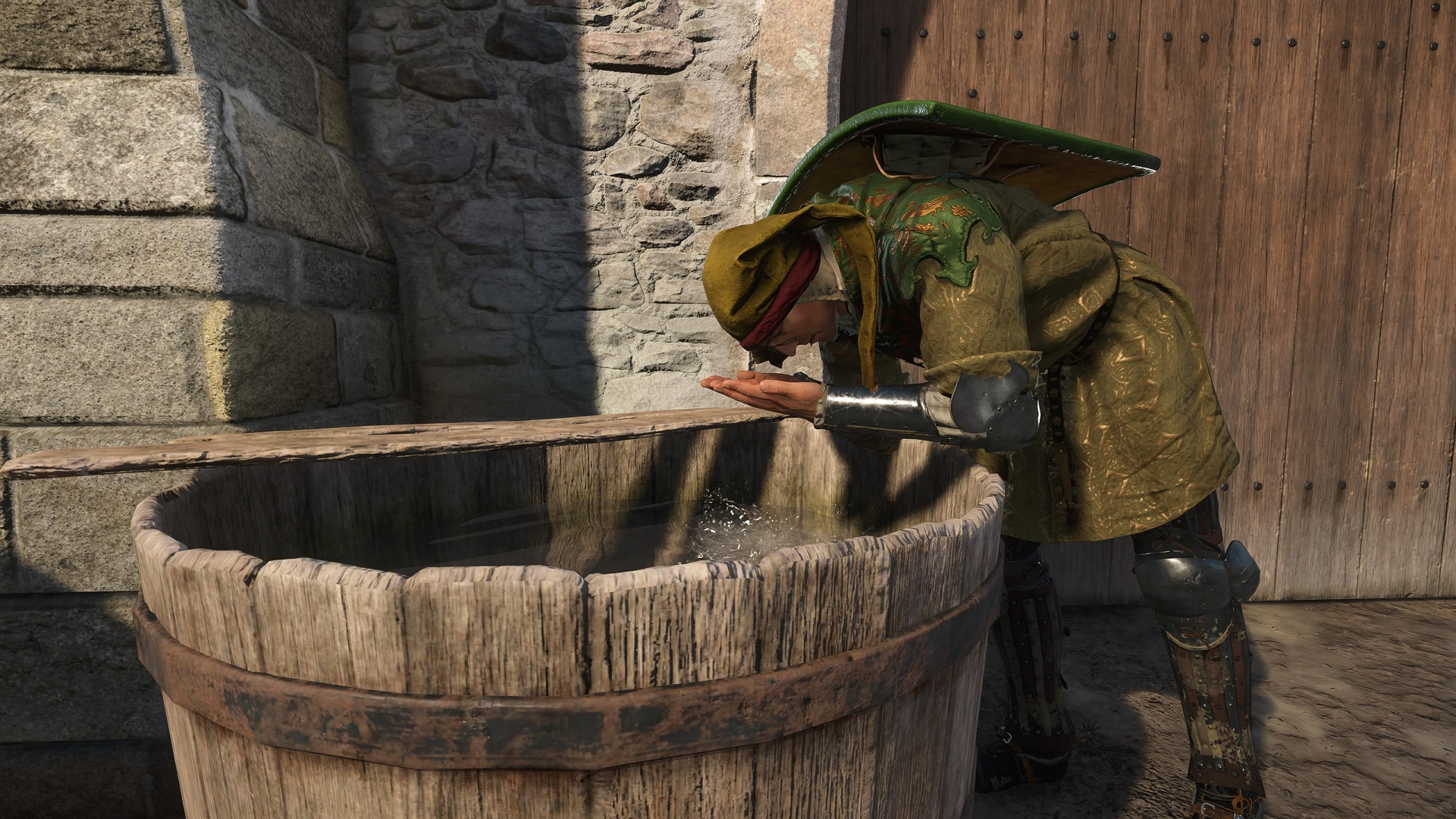
We recorded farting in a bucket and I used some empty plastic bottle for that.
Vojtěch Nedvěd
"We were having so much fun trying not to overdo it," Nedvěd tells later of the hands-on recording approach. "And when we are doing a sound like this for the open world, we go step further and we just try to be as realistic as possible without being ugly about it.
"Not just barfing, but farting, for example – we recorded farting in a bucket and I used some empty plastic bottle for that," he laughs. "I'm not that realistic – I'm not putting myself in that situation."
But why even bother recording everything, even the icky fart jokes and body humor sound effects, when sound banks exist? "I hate taking sounds from the banks," Nedvěd says plainly of his preference for foley recordings, "and we were lucky to have three environments when we where we recorded the sounds."
In escalating order of preference, these environments are the sound studio, motive studio, and field shoots. With four or more microphones set up to record the sound of something as basic and omnipresent in the game as a medieval bow and arrow being fired outdoors, the painstaking amount of detail is apparent – and, according to Nedvěd, it's completely non-negotiable. "KCD2 is a realistic game and so the sound design should be like this. It should be realistic."
Kingdom Come: Deliverance 2's stylized historical realism is thereby reflected in the nitty-gritty of the game's sound design, right down to setting up on-site shoots at medieval villages to record the noises made by period-specific, wooden-hinged doors. It all goes to show that even with seven years of development in the bag, the little things really do make all the difference in a hugely immersive RPG like Kingdom Come: Deliverance 2 – from barfing to battle symphonies and beyond.
There's more RPG mayhem to come in some of the upcoming PS5 games on the horizon in 2025

Jasmine is a staff writer at GamesRadar+. Raised in Hong Kong and having graduated with an English Literature degree from Queen Mary, University of London in 2017, her passion for entertainment writing has taken her from reviewing underground concerts to blogging about the intersection between horror movies and browser games. Having made the career jump from TV broadcast operations to video games journalism during the pandemic, she cut her teeth as a freelance writer with TheGamer, Gamezo, and Tech Radar Gaming before accepting a full-time role here at GamesRadar. Whether Jasmine is researching the latest in gaming litigation for a news piece, writing how-to guides for The Sims 4, or extolling the necessity of a Resident Evil: CODE Veronica remake, you'll probably find her listening to metalcore at the same time.
You must confirm your public display name before commenting
Please logout and then login again, you will then be prompted to enter your display name.
